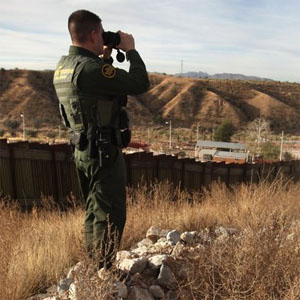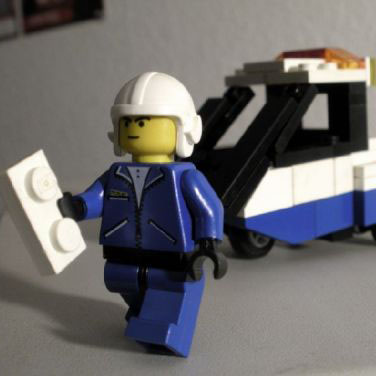
Rndballref
20 Years Experience
Chicago, IL
Male, 60
For twenty years I officiated high school, AAU and park district basketball games, retiring recently. For a few officiating is the focus of their occupation, while for most working as an umpire or basketball referee is an avocation. I started ref'ing to earn beer money during college, but it became a great way to stay connected to the best sports game in the universe. As a spinoff, I wrote a sports-thriller novel loosely based on my referee experiences titled, Advantage Disadvantage
Here are the screening rules:1) when screening a stationary opponent from the front or side, the screener may be anywhere short of contact.2) when screening a stationary opponent from behind the screener must allow the opponent one normal step backward3) when screening a moving opponent the screener must allow the opponent time and distance to avoid contact. The speed of the player to be screened will determine where the screener may set up. This may vary and may be one to two normal steps.4) when screening a player moving in the same direction, the player behind is responsible for all contact.
True. It is the same halt in advantage as an intentional foul which stops a breakaway. The rules try to take care of this by awarding 2 free throws plus the ball. However, I agree. Although I never ran into an intentional T to stop a breakaway, it would be good practice to let the player finish the layup or jump shot and then call the T.
To move from the backcourt to frontcourt all three points have to advance to the frontcourt...2 feet and the ball. So if a dribbler moves from the backcourt with one foot advancing as well as the ball into the frontcourt, BUT the other foot is stepping on the half court line he is considered to be backcourt.
No violation. Normally, an airborne player is considered to be from the court position where he was when he jumped. So, in your example, Player B jumps from his front court, catches the ball and lands in his backcourt (partially), This would normally be a violation. However there are two situations where this principle does not apply. 1) either team on a throw in, and 2) a defensive player intercepting a pass (exactly your scenario). No violation because of exception # 2. Play on.
Border Patrol Agent
 Do you ever feel sorry for the illegals you catch trying to cross the border?
Do you ever feel sorry for the illegals you catch trying to cross the border?
Meter Maid
 Is it tough to have a job that consists exclusively of ruining peoples' days?
Is it tough to have a job that consists exclusively of ruining peoples' days?
Pharmaceutical Researcher
 Will we see a cure for cancer in this lifetime?
Will we see a cure for cancer in this lifetime?
Sir, thank you for your service! The answer to your question lies in a simple rule of thumb: administer fouls in the order they occurred. So, clear the lane, let the original player shoot his free throws or one and one. Then, the same team can choose any player on the floor to shoot the technicals, then award the ball at half court for the same team.
"Carrying the ball" is not a foul. It is a violation that used to be called an "illegal dribble" but several years ago NFHS added the carrying signal as its own violation.
The rule book does not prohibit tossing the ball to the ref, nor does it prohibit a player from talking to the ref...yet if either is done in an unsportsnanlike way it could be a technical. If you slam the ball to protest a call most refs will call a t. So it goes to the judgemeny of the ref as to whether an action is unsportsmanlike.
-OR-
 Login with Facebook
Login with Facebook (max 20 characters - letters, numbers, and underscores only. Note that your username is private, and you have the option to choose an alias when asking questions or hosting a Q&A.)
(A valid e-mail address is required. Your e-mail will not be shared with anyone.)
(min 5 characters)
By checking this box, you acknowledge that you have read and agree to Jobstr.com’s Terms and Privacy Policy.
-OR-
 Register with Facebook
Register with Facebook(Don't worry: you'll be able to choose an alias when asking questions or hosting a Q&A.)